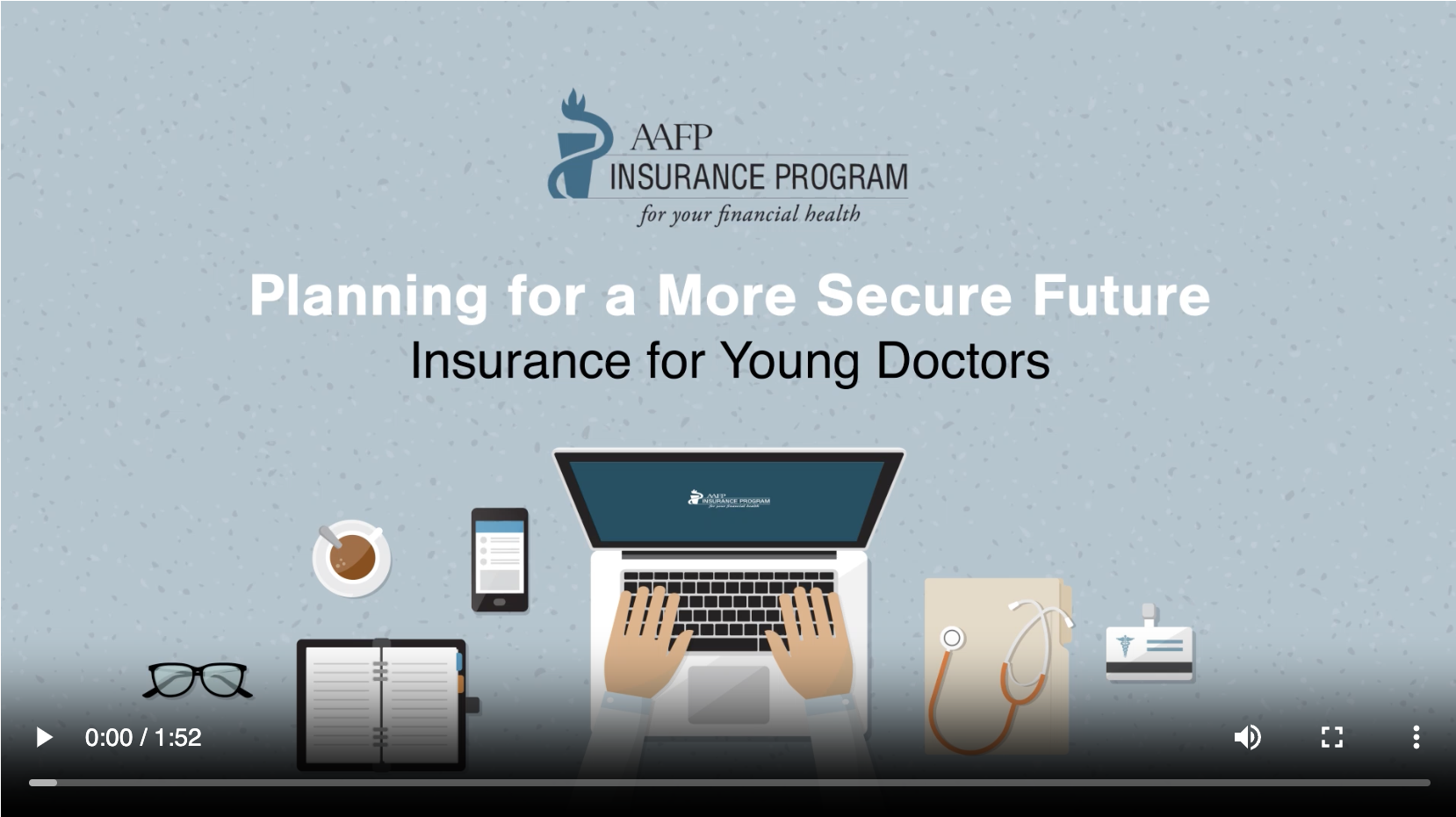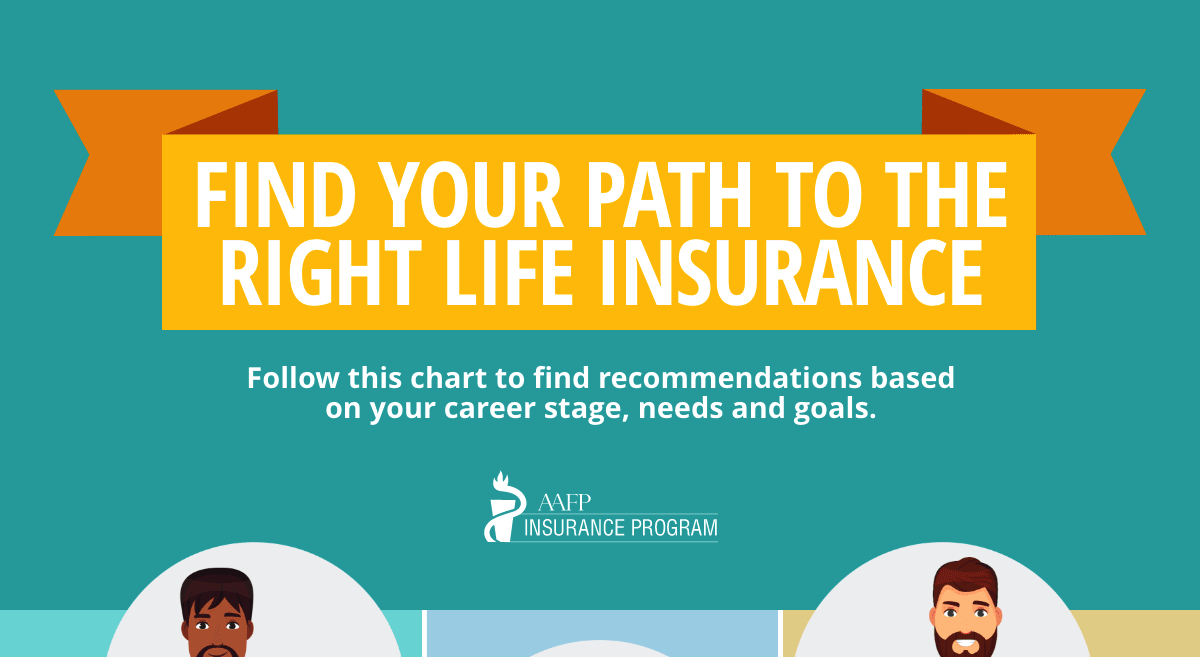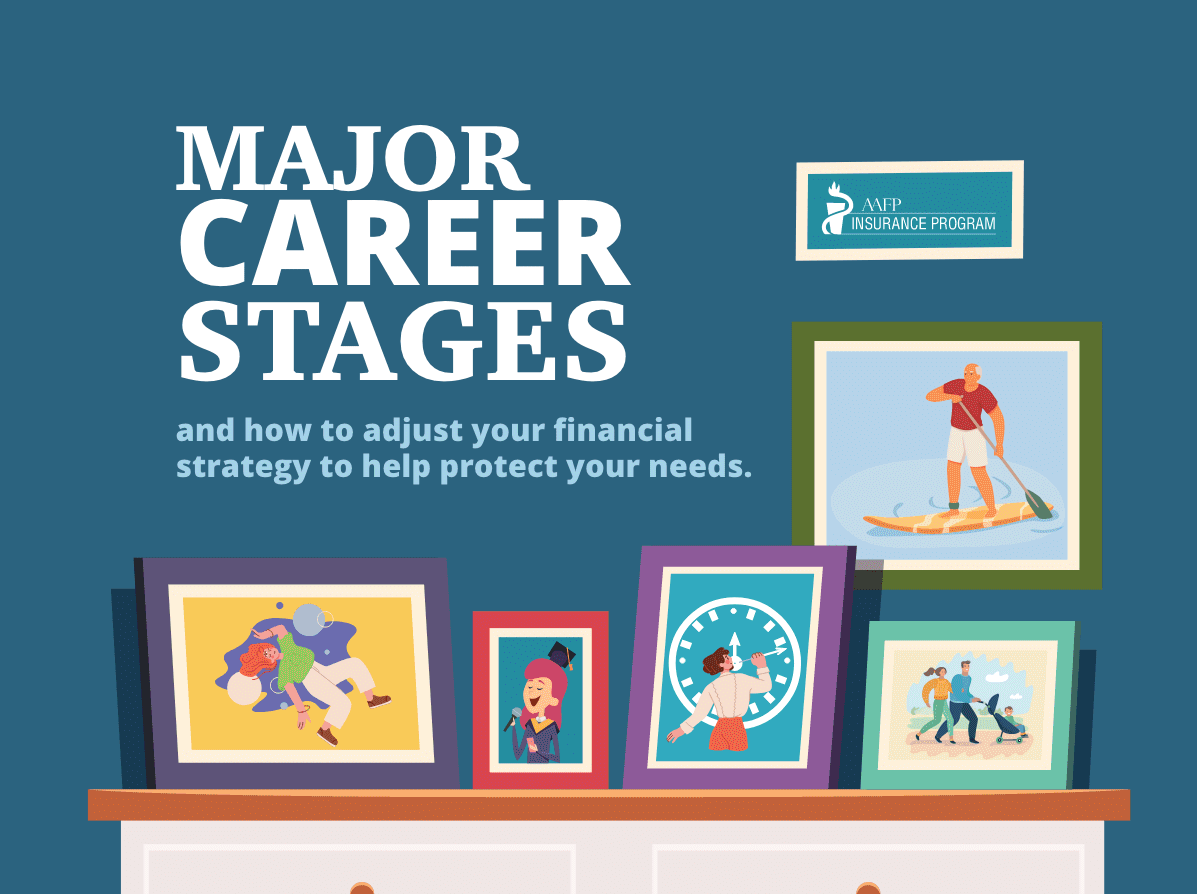And if you’re new to the life insurance buying process, we understand that you’ll have a lot of questions about how this type of financial protection affects you and those who matter most to you.
According to LIMRA, 85% of people believe that most individuals need life insurance, though only 62% have coverage.1 A life insurance policy can help reduce the financial burden you may leave on your loved ones in your absence.
For example, a policy can pay for immediate expenses such as funeral costs, medical bills, mortgage, and any outstanding debt and loans. It can also cover ongoing or future expenses which may include: food, utilities, transportation, healthcare and other insurances, clothing, tuition, etc.
With so many things to consider, you’re probably wondering how much coverage you’ll need and which type of policy will work best for you and your individual situation. In this blog post, we’ll take you through the ins and outs of life insurance so you can make an informed decision about your coverage needs now and in the future.
Whole life or term?
In the world of life insurance there are two major types of policies:
- Whole Life: Whole life or permanent insurance pays a death benefit – no matter when your death occurs. Generally, both the death benefit and the premium remain the same (level) throughout the life of the policy. Whole life policies generally come with a cash savings or investment component.
- Term Life: This is the simplest form of life insurance. It pays only if death occurs during the term of the policy, which can range from one to 30 years. With a Traditional Term Life policy, your premiums will increase as you get older. However, with Level Premium Term Life, you can lock in rates for 10 or 20 years.
When buying a policy, a good rule of thumb is to purchase a policy when you’re young because premiums will be lower. This is especially important for young doctors who may be struggling to pay back student loans, but still want to provide a financial safety net for their families.
So which one should you buy? Most people opt for term life policies because they are simple and shopping for coverage is fairly easy. It’s also a good option for younger people and families who need basic protection against a bread winner’s loss of income.
According to the Insurance Information Institute (III), in 2003, 97% of the term life insurance bought was level term.
Be sure to consult with a financial professional to see what will work best for you – they may even offer a customized policy that fits your financial goals.
Most common questions about life insurance
Before most people even consider shopping for life insurance, they ask themselves, “do I need life insurance in the first place?”
It doesn’t matter if you’re married, single, or retired with adult children, life insurance is a good idea. If someone will suffer financially when you die, chances are you need life insurance because it provides cash to your family after your death. Other common questions you should ask yourself in your quest for life insurance are:
- How much life insurance do I need?
- Will my health or age affect my premium?
- What are my current household expenses?
- Who should I name as my beneficiaries?
- What happens if I fail to make the required premium payments?
- Do I need an insurance agent or can I purchase coverage on my own?
- Will my employer-sponsored coverage be enough?
In addition to these questions, consider any major events that may occur in your lifetime. Milestone events that may affect your need for coverage are:
- Buying a home
- Getting married
- Having a baby
- Salary increase
- Acquiring more debt
- Expanding your practice
- Caring of an aging family member
If any of these situations apply to you, it’s time to consider purchasing a policy or increasing your benefit amount.
How to factor in your health
As was stated in the previous section, your health will play an important role in your insurability and how much you’ll pay in premiums. A medical exam will be performed to determine your rate class.
A medical professional will record your height, weight, and blood pressure, and will collect urine and blood samples. These results, combined with your age, gender, and family health history, will determine your overall health risks and whether or not you’ll be denied coverage.
If you are in poor health or partake in risky health behaviors such as drinking or smoking, you can undergo a new medical evaluation after a certain period of time. If your health has improved, you may see a decrease in your premium.
Another health issue that you’ll want to consider is if you become disabled or terminally ill during your policy term. Most life insurance policies have add-on benefits or riders, which may be available for an additional cost.
Disability riders may cover premium payments while you’re disabled and may supplement any lost income. An accelerated death benefit rider lets you collect a portion of the policy’s death benefit if you become terminally ill with a short life expectancy.
Every insurer has their own selection of riders, so be sure to ask what’s available with your policy.
As a family physician, you have unique and complicated financial needs, but no matter where you are in your medical career, it’s never too late – or too early – to start protecting your family’s financial future with life insurance. Learn more about what the AAFP Insurance Program can for you.
1LIMRA’s Life Insurance Barometer Study 2013
Photo Credit: Shutterstock




